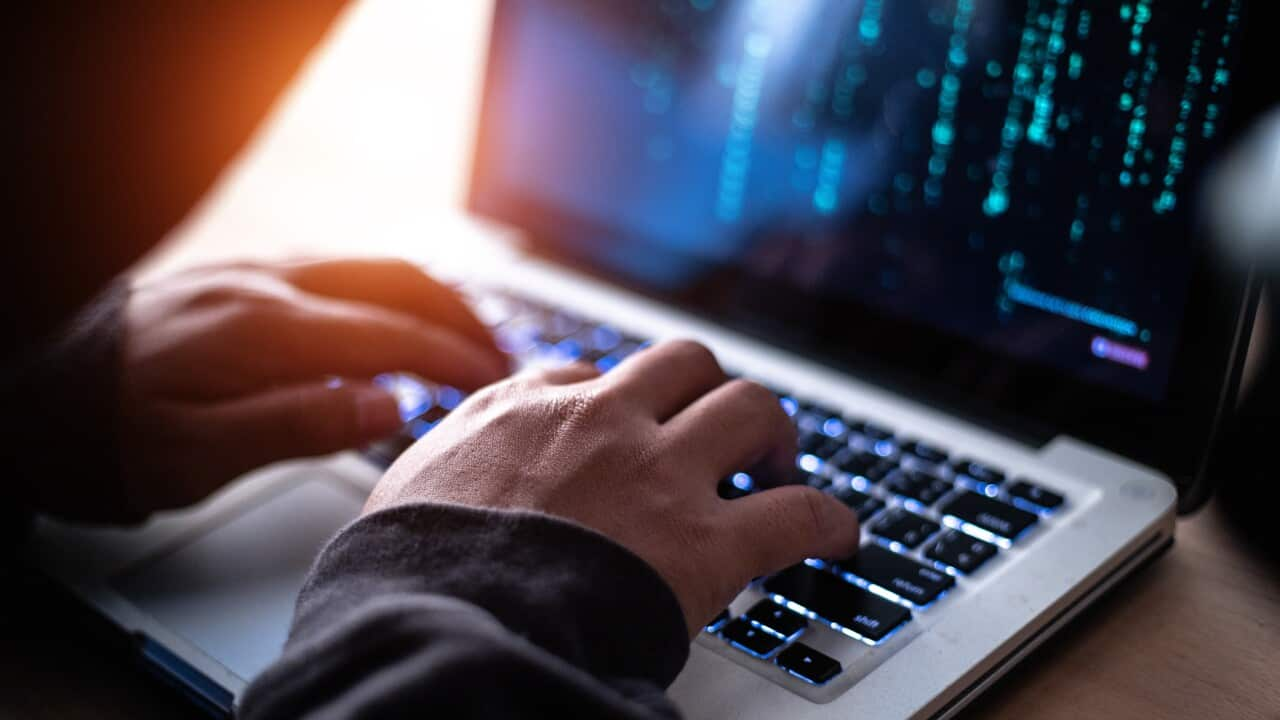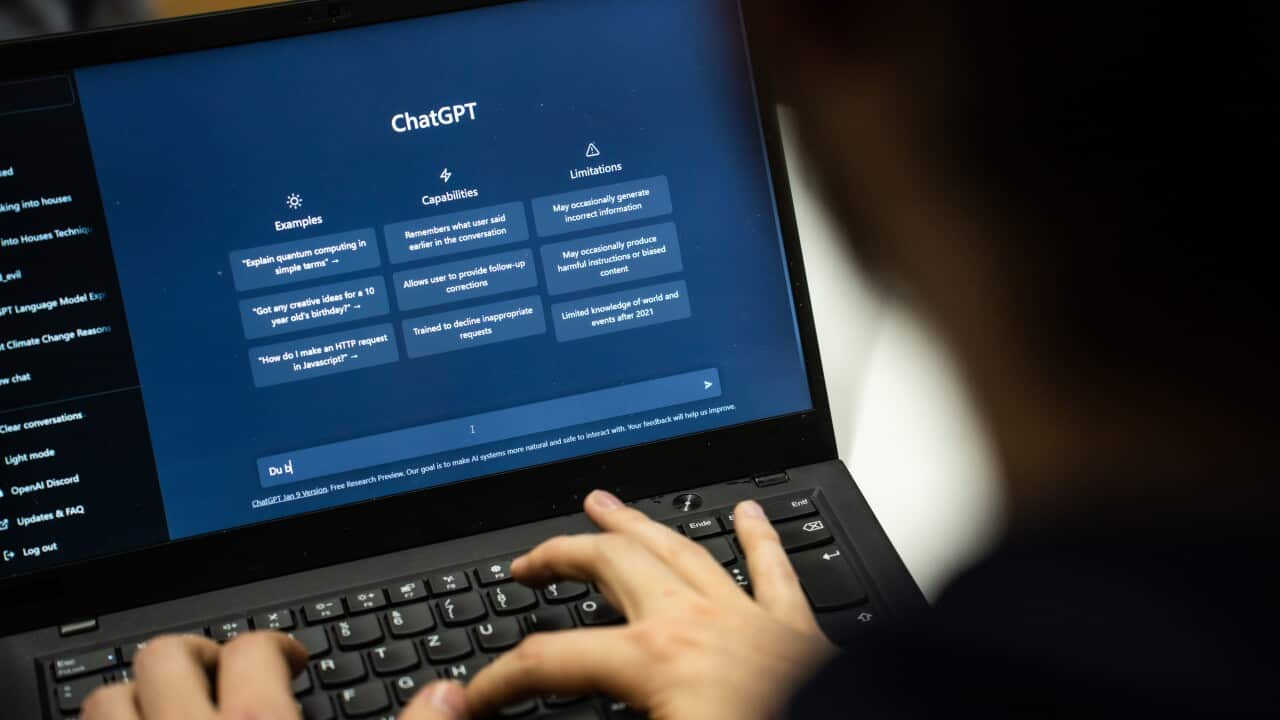Key Points
- Study shows Australians are among the worst in the world for sharing dodgy articles.
- Technology advancement has made it easier for false news to appear genuine when accessed online.
- False news can significantly impact human behaviour when it confirms pre-existing beliefs or suspicions.
Misinformation has become a significant issue in our digital age.
According to Sushi Das, the Associate Director of , a fact-checking unit based within RMIT University, misinformation refers to incorrect information that people share without knowing it is incorrect.
Disinformation, on the other hand, is false information that people intentionally create to deceive others. This can be done for various reasons, such as for a joke, promoting a political agenda, or earning money through clicks.
Fact-checkers like Sushi Das and her team review viral content on social media to identify posts that may contain misinformation or disinformation.
They then conduct thorough research to verify the content's accuracy. This helps to ensure that accurate information is shared with the public.
Ms Das identifies a mixed bag of misinformation and disinformation in Australia. She says that current news headlines often drive false information on social media.
"For example, at the moment, there's the war between Russia and Ukraine. So, there is misinformation and disinformation around that war. There is another war in the Middle East. So, we've got the Palestine and Israel situation, and there's a lot of misinformation and disinformation around that, too. We're also regularly seeing financial scams and health-related misinformation," Ms Das says.

Left to right: Dr Timothy Graham, RMIT FactLab Sushi Das, Dr Darren Coppin.
The social media effect
Social media platforms serve as a significant advertising tool. They are widely used for communication and exchanging ideas and employ advanced algorithms to customise user content based on their preferences and activities, leading to increased engagement and relevance.
However, Dr Timothy Graham, an associate professor of Digital Media at , explains how these algorithms can inadvertently spread false news and misinformation.
"Content will come across people's feeds that they find irresistible. Humans are hardwired and socially and emotionally set up for really emotive media-rich content that may not necessarily be factual," Dr Graham says.
He adds that social media platforms amplify and promote content, generating strong user reactions. People tend to share content that elicits a strong emotional response, whether positive or negative.
Misinformation can come from various sources, such as genuine mistakes, biased reporting, sensationalism, and intentional political, ideological, or economic manipulation.
Conspiracy theories often involve complex stories about secret plots. In contrast, misinformation encompasses a broader range of false or misleading information that may or may not involve conspiratorial elements.
One example of a conspiracy theory that the RMIT Fact Lab team investigated was about
The theory claimed that this initiative, aimed at making the fashion industry more sustainable, was a ploy by the , banks, and the government to track and control people.
"This is wrong. It's incorrect. these codes tell you the details about the item, where it was made, whether it was made ethically, washing instructions, and fabric details. But, of course, there are people arguing that these are all about tracking you," Ms Das says.

A woman is scanning a QR code from a label in a clothing store with her smartphone. Source: iStockphoto / javitrapero/Getty Images/iStockphoto
The impact of misinformation
Misinformation has been around since the beginning of language, says Dr Darren Coppin, a behavioural scientist based in Sydney.
However, it is now a more prevalent issue with significant societal impact.
In the past, people got their facts, truths, and beliefs from their local community, family, and culture. Nowadays, we receive information from all over the world and various sources.
"According to a , Australians are among the worst in the world for sharing dodgy articles. 80 per cent will share an article that they even think is dubious. So that is obviously compounding the issue that we're facing with fake news and misinformation," Dr Coppin says.
He explains, misinformation or false news can significantly impact human behaviour by confirming pre-existing beliefs or suspicions. This effect can extend to voting, where public policy reflects the attitudes influenced by false news, and politicians attempt to appeal to the public.
"Particularly during COVID, we saw a lot of issues with misinformation on every aspect of COVID. And the director general of the said that we're not just fighting an epidemic -We're fighting an infodemic," Dr Coppin recalls.
Dr Coppin also identifies the following reasons humans can intentionally or unintentionally spread false news.
Fake news plays on humans' loathing of uncertainty. We absolutely crave safety and a sense of control. we're driven to eradicate that uncertainty. So, we search for answers. And if they're not readily available, we fill in the gaps. So, we're suckers for any information where none is available.Behavioural Scientist, Dr Darren Coppin
According to him, humans tend to have a negative outlook deeply ingrained in our evolutionary past. Our survival instincts make us naturally inclined towards pessimism - those wary of danger are more likely to survive in hostile environments.
"If you ever talk to an Australian and you're overseas before, they often all they talk about with foreigners are spiders, snakes, and sharks, that abound in Australia rather than the beauty and the opportunity that's here," Dr Coppin says.
Another reason we tend to spread false news or misinformation is our "confirmation bias".
According to Dr Coppin, if we belong to a group that opposes vaccination, we tend to search for information that aligns with our beliefs, and that's what we remember.
He says we are more likely to remember information that confirms our pre-existing beliefs, which leads to further polarisation and extremism.
Dr Coppin also points out that the advancement of technology, which has made it easier for false news to appear genuine when accessed online, as another cause for the fast spread of misinformation.
"When you're with somebody face to face, you can tell from their furtiveness or their weird demeanour or sweaty palms; it might inform us that they're untrustworthy or what they're saying isn't to be believed," Dr Coppin elaborates.

Misinformation can come from various sources, such as genuine mistakes, biased reporting, sensationalism, and intentional political, ideological, or economic manipulation. Source: iStockphoto / nicoletaionescu/Getty Images
Identifying and combating fake news
Given the prevalence of misinformation in today's world, it's become more important to differentiate between truth and falsehood.
Developing the skills to spot and verify news is crucial.
Sushi Das shares her top strategy for distinguishing real news from false news.
"You can just get some keywords, open a new tab, put those keywords into a new tab, and search for what other things you can find using those keywords. You can even put some keywords in with the word's fact check to see if somebody has already written an article or a fact check article about that topic."
Ms Das also suggests that if you are looking at a picture and are wondering if it is accurate, you can right-click on Google to get the option to search for the image with Google.
She also says an effective way to combat the spread of false information is to have a civil dialogue, refrain from using insults, and consistently present factual information over time.
It is essential to realise that change is a gradual process that requires patience.
Dr Coppin also suggests taking suspicious news or information with a grain of salt before sharing it online.
"Stop and think, would I repeat this, or would I say this to somebody's face in public? And if you're not sure, then please don't forward and share things because you're just you're contributing to a multiplier effect of misinformation. And secondly, be wary of your own search term biases."

Experts believe the challenges of combating misinformation is set to grow with AI. Credit: We Are/Getty Images
Future trends
As technology advances, the spread of misinformation evolves.
Professor Timothy Graham explains what future challenges we should anticipate in this ever-changing digital world.
He says one of the biggest challenges posed by generative Artificial Intelligence (AI) is that it can create content that appears to be authored by a human and is highly convincing at first glance.
"This is not only text but, obviously, images as well. A real challenge that's happened is that we just have a deluge of AI-generated content that's, it's mixing in, and it's becoming more and more complicated to just keep up with how much of this is a factual image or an authentic image or an authentic piece of text versus something that's not," Dr Graham says.
















